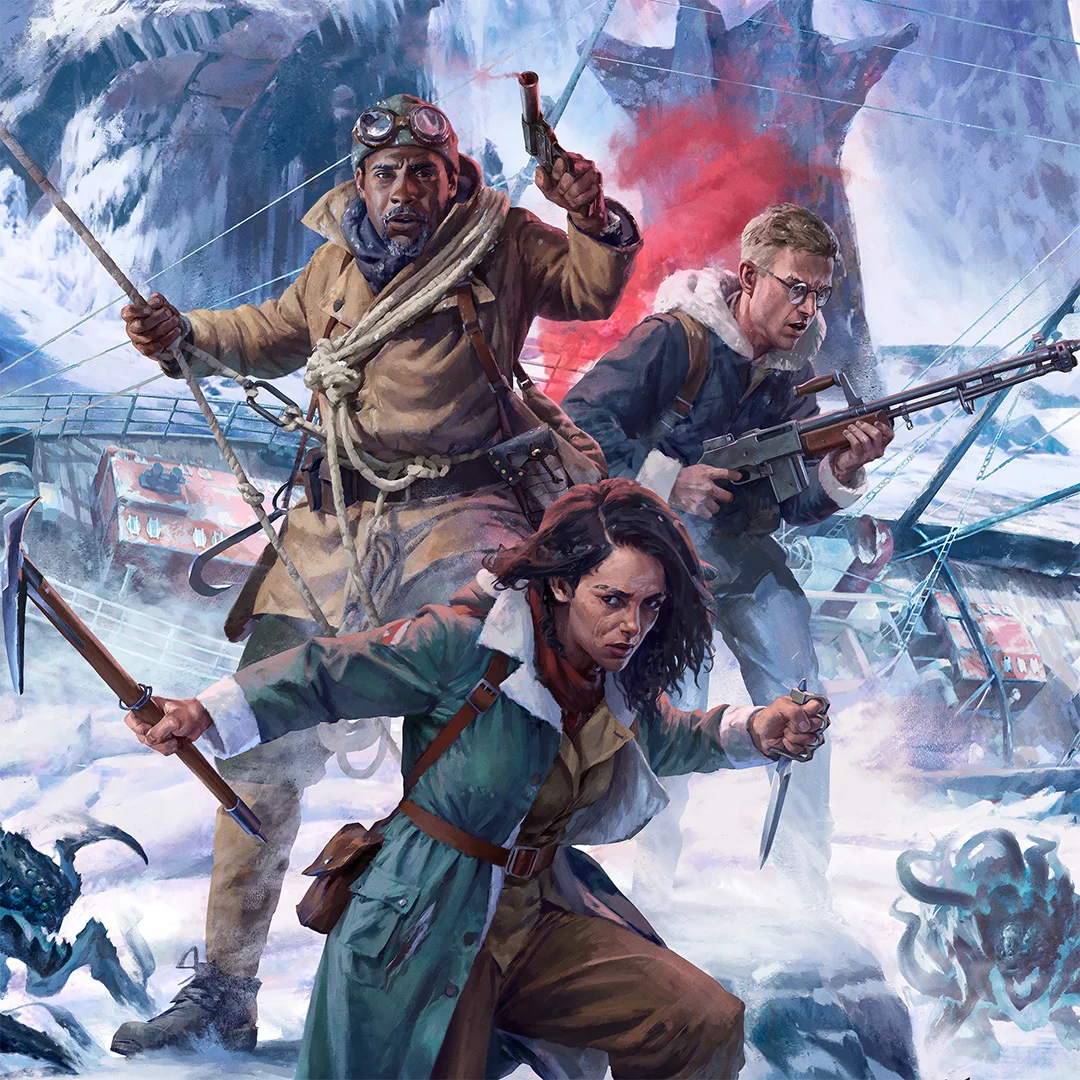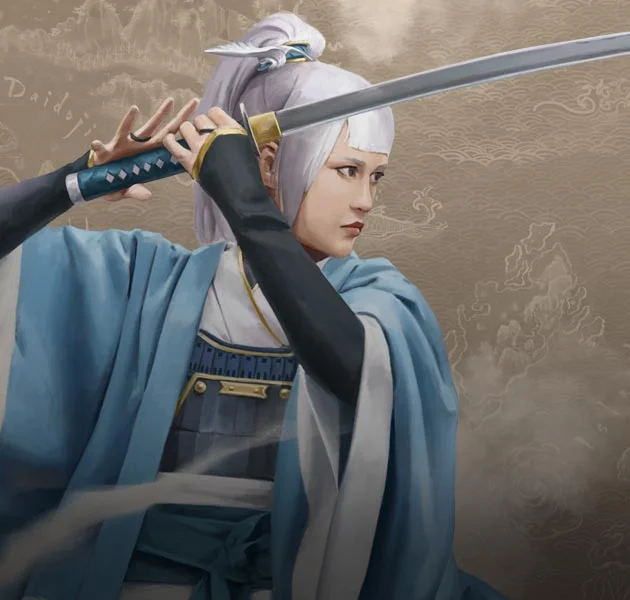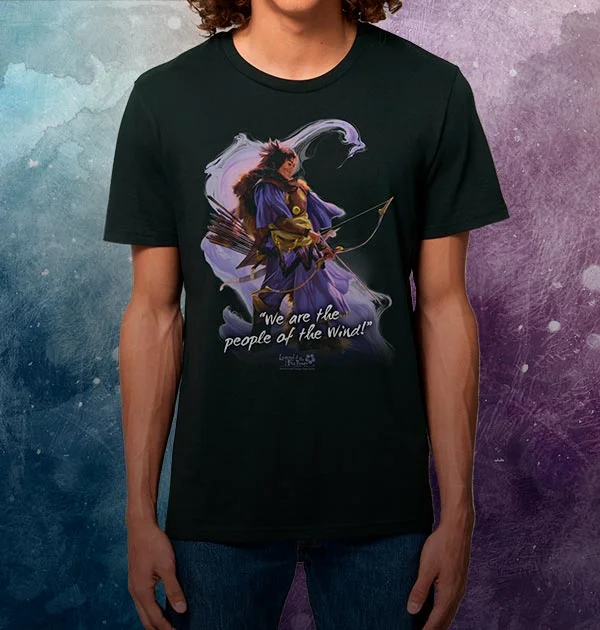Heroes of the Emerald Empire
2022 / 08 / 19
What is Adventures in Rokugan? Whether you’re already familiar with the world of The Legend of the Five Rings or not, here’s why you should definitely answer the call of Adventures in Rokugan.
The Classic Game of Samurai Drama
Rokugan is an imaginary world inspired by the history, literature, and folklore of Japan, China, Mongolia, and other Asian nations. In 1995, this universe was conceived to be the backdrop of a card game, The Legend of the Five Rings, and then of the eponymous role-playing game the following year.
In this role-playing game, still played today and available in all stores, players embody samurai or rōnin in a hierarchical society, where a wrong word can have dramatic consequences, where characters are torn between duty and personal accomplishment, where plots are often more deadly than swords, and where they are sometimes only pawns of political or supernatural designs which go far beyond them.
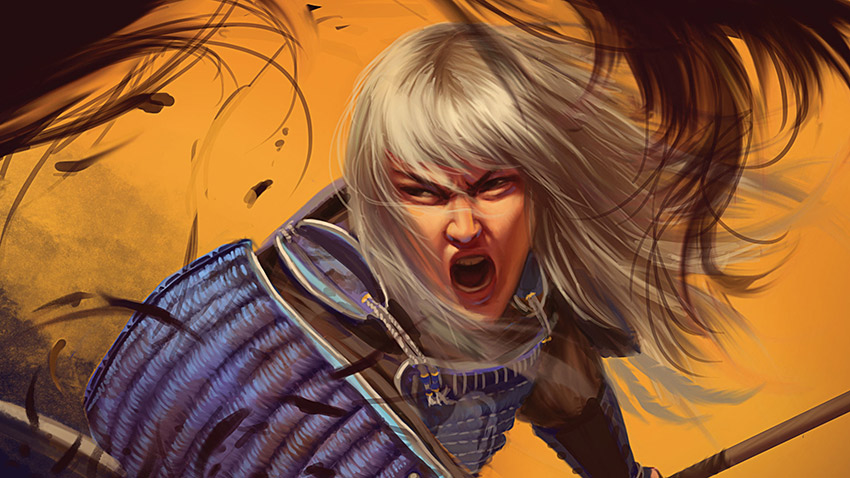
An Epic Breadth
Adventures in Rokugan uses the same universe that creators, authors, artists and writers have worked on for over 25 years, but with a very different approach. Players are invited to play as adventurers: heroes in search of fame, fortune, social status, or a personal goal. Although Rokugan is still highly stratified, the characters are no longer bound by as many traditions or societal strictures—they are freer, and less locked into sometimes-conflicting loyalties. This will not prevent players who wish to do so from striving to uphold the virtues and tenets of the Code of Akodo, however.
Adventures in Rokugan offers a more epic, heroic take on the setting, mixing battles against powerful entities and explorations of forbidden places tainted by evil. For this vision, the fifth edition SRD is perfect, its rules are fluid, fast and easier to manage, even if we have adapted them to the specificities of Rokugan.
So what are the concrete changes in Adventures in Rokugan compared to The Legend of the Five Rings? What are the specificities of Adventures in Rokugan compared to the 5e SRD?
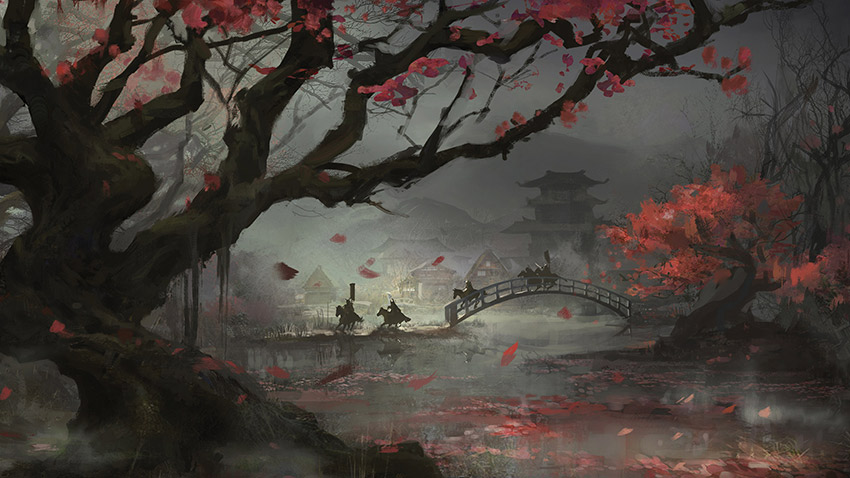
The Meaning of the Word “Heroic”
In Adventures in Rokugan, there are many species other than humanity to choose from. The serpentine naga, ratlike nezumi, demonic mazoku, ghostly specters, avian tengu, shapeshifting yōkai, and even unique beings are available to players.
Instead of the usual Warriors, Wizards, and Rogues, you can play as a Bushi, Duelist, Courtier, Ritualist, Pilgrim, or Acolyte. Each of these classes offers archetypes, skills, and techniques to specialize in and make your character unique. Techniques are special abilities used by several classes in Adventures in Rokugan: duelists and bushi use martial techniques, which represent heroic feats of physical prowess, and ritualists use invocations, which allow them to commune with the spirits for powerful supernatural effects.
The next chapter of the book offers new backgrounds and features for the seven Great Clans (the stalwart Crab, the elegant Crane, the ascetic Dragon, the fierce Lion, the mystical Phoenix, the cunning Scorpion, and the far-ranging Unicorn), the Minor Clans, the Imperial Court, as well as for ronin, monks, commoners, non-Rokugani, and non-humans characters!
You won’t find chain mail, for example, in Rokugan (unless the GM decides otherwise), but you can wear beautiful armor of silk or lacquered wood. Chapter 4 is entirely devoted to equipment, currencies, weapons and armor, tools, mounts, living expenses, and so on.
Chapter 5 provides restrictions and guidance on multiclassing options, as well as a list of setting-specific feats. Feats are the best way to customize your character and make them a unique hero. Adventures in Rokugan offers many feats that are available to all characters or specific to each Great or Minor Clan, as well as others that are regionally specific or dependant on your species.
Your character is almost finished, now it’s time to focus on their motivations. You will choose two primary motivations from the six categories: bonds with other people, personal desires, duties to fulfill, fears, ideals and regrets! They are as much aids to the interpretation of the heroes as they are tools for the Game Master to involve them even more in the story, increasing immersion.

A World to Discover
The second book of Adventures in Rokugan provides guidance for portraying the world and the characters who inhabit it. It begins by explaining how to run campaigns that offer adventure as well as intrigue, and introduces special rules for duels to pit two contestants against each other in an epic showdown. A sweeping history of the setting covers the birth of the Empire to the present crises. An entire chapter details the dramatic moments that changed the fate of the world, including the Tournament of the Gods, the War against Fu Leng, the Day of Thunder, the rise of Iuchiban, the return of the Unicorn Clan, the construction of the Kaiu Wall, and many more.
The geography of the continent and the lands of each of the clans are then revealed in a condensed but complete way, so that the characters can be taken everywhere.
Adventures in Rokugan also features a scenario, “A Dark Legacy” (an adaptation of “Mask of the Oni”), so that Game Masters can begin running the game right away with just this book, The Player’s Handbook, and a copy of the 5th edition SRD.
The book concludes with a long list of classic NPCs and creatures the Game Master can use to challenge their players.
For all these reasons, how could anyone not be enthralled by the 400+ pages of this book and not jump into Adventures in Rokugan?




